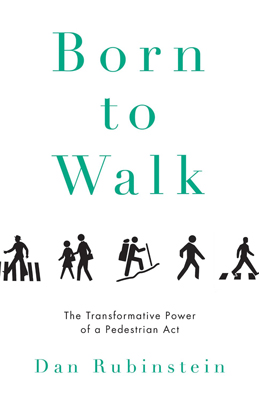 The buzz and hubbub of inchoate spring, a season born in fits and starts, between hail and frost, parallels our academic potential. Besides rushing to and fro, tidying and maintaining yard and garden, the season of rebirth is a great time to lean on a metaphysical rake and take stock of that flourishing enterprise we call life. Education is never far from our minds at AU, maybe because we’re born inquisitive or maybe just because we were born at all, and at Easter it’s worth just taking a deep breath and letting the reality of our learned accomplishments rush in. After all, they don’t call university an ivory tower for nothing. There’s a great view to behold from up here!
The buzz and hubbub of inchoate spring, a season born in fits and starts, between hail and frost, parallels our academic potential. Besides rushing to and fro, tidying and maintaining yard and garden, the season of rebirth is a great time to lean on a metaphysical rake and take stock of that flourishing enterprise we call life. Education is never far from our minds at AU, maybe because we’re born inquisitive or maybe just because we were born at all, and at Easter it’s worth just taking a deep breath and letting the reality of our learned accomplishments rush in. After all, they don’t call university an ivory tower for nothing. There’s a great view to behold from up here!
It’s worth just doing some whimsical reading about the life and times of this lunar holiday that has no set date on the calendar, just as our classes have no absolute schedule from week to week. Easter is a diverse holiday in meanings and myths, all related to the natural cycles of nature and life. And Easter, like our studies, can be fun. My hometown used to have an annual Easter Egg drop, for instance. Countless sweet treats were literally dropped from a hovering helicopter and as kids we’d run hither thither grabbing what we could and bumping into one another like a full contact version of musical chairs. Injuries and tears were part of the day and that’s probably why the Easter egg drop was scrapped even before the advent of our present snowflake epoch. It’s tragic, really, as suffering and rebirth are linked at Easter more than any other holiday and were paralleled in the rough and tumble reality of children scrapping and struggling over candy. At such a young and tender age the passion of the Christ might have been a bit abstract to our sugar-seeking minds but the trials and tribulations over hard won (and lost) Easter eggs was, well, no yolk!
Easter as a World Tour, Cultural and Botanical
Further afield, in Poland and its cultural progenitors in places like Toronto and Buffalo, the rebirth of the season with Palm Sunday trimmings the week before Easter found a natural substitute to palm fronds: pussy willows. “According to Polish legend, Jesus visited a forest on Palm Sunday, barren by winter conditions, and commanded His angels to gather up pussy willows — with soft, cotton buds, the first blooms of spring” (WBFO/NPR, online). To this day these delicate and soft botanical beauties are utilized. “’The pussy willow is the one that tells the rest of the world and all the other flora, trees and bushes it’s time to wake up. It’s the wake up call,’” said Father Czeslaw Krysa, rector of St. Casimir’s Church in Buffalo and director of Worship for the Diocese of Buffalo. ‘The Pussy Willow is also our Easter symbol. One of the most prominent Easter symbols, because of the fact out of this dry, kind of twig all of a sudden bursts forth this beautiful flower of life, and it is the first bush that blooms,’ said Father Krysa” (online).
Meanwhile, the passionate glee of discovering Easter eggs gives way to the adulting reality of hiding them for little ones and/or garnering them on sale for oneself when Easter Tuesday rolls around.
Yet passion is also literally a flower. Passion flowers garner not only a worthwhile herbal supplement to which this Fly on the Wall can attest, they also contain symbolism as ascribed to them by Christian cultures. Passiflora caerulea was originally named Espina de Cristo by Spanish missionaries and each of its botanic features bears taxonomic importance for the story of Jesus’s crucifixion. Melissa Petruzello reports that “the corona represents the crown of thorns; the styles represent the nails used in the Crucifixion; the stamens represent the five wounds; and the five sepals and five petals represent 10 of the apostles, excluding Judas, who betrayed Jesus, and St. Peter. who denied Jesus three times on the night of the Messiah’s trial” (Petruzello, online).
Really any flower or plant that germinates and begins its life cycle in Spring can be said to remind of us of the arc of the narrative of our lives, and our studies. Weeds too, those sometimes edible and always precocious arbiters of cultural normality vis a vis weeding, grazing, or leaving be (depending upon one’s garden and/or pasture lifestyle) represent the unbound drive to thrive characterizing a life worth living. So as winter passes away and spring reminds us of natural cycles of rebirth, may our minds seize the day. At some future date our academic and corporeal growth will be over, by the finality of metamorphical frost and the natural cycle of the season. When busywork gets us distracted from enjoying the just being there of following life’s course of learning and growing, let’s remember that just as every plant means what we want it to mean, so too do we from our studies glean as much or as little inspiration as our nimble minds allow.


